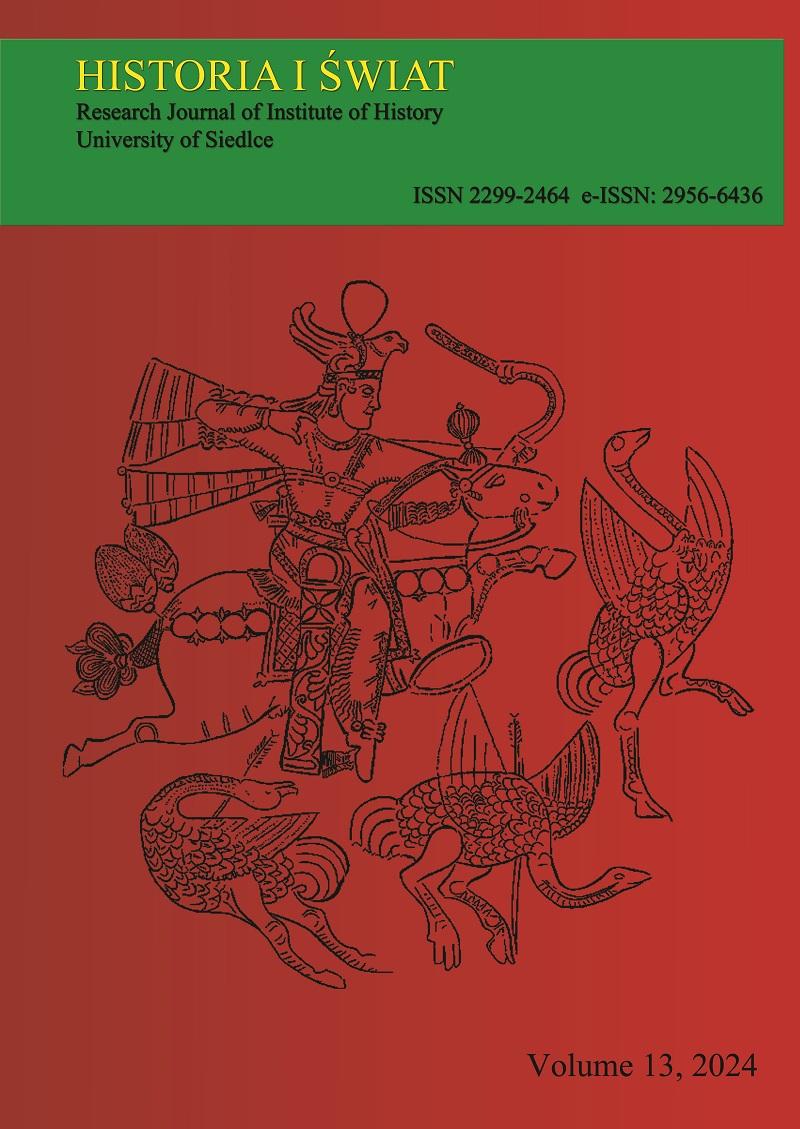The history of the Porto Palermo Castle and the significance of its Greek inscription
DOI:
https://doi.org/10.34739/his.2024.13.19Słowa kluczowe:
Ottoman Empire, Porto Palermo Castle, Fortification, Greek Inscription, Poem, NavigationAbstrakt
The castle in Porto Palermo is an important historical site with a Greek inscription, which is of great cultural significance for the region and the whole world, testifying to the ancient history and connection with different cultures and eras. The aim of this study is to investigate the significance of this inscription in the context of the history of the castle in Porto Palermo. Throughout the study, various theoretical methods of understanding were employed, including analysis, synthesis, specification, abstraction, and generalization. The research revealed that Porto Palermo, formerly known as the ancient Epirot city of Panormi, maintained its significance as a fortress throughout the Middle Ages, serving trade interests. By the end of the 18th century, the region came under the governance of Governor Ali Tepelene. It was determined that the Porto Palermo Fortress, constructed in 1803, situated on a peninsula, features a triangular shape, towering walls, bastions, and marble slabs inscribed with Greek text, emphasizing the historical importance of the castle and past events. It is described that in the Paschalëk region under the Ottoman Empire's rule, where the fortress stood, Greek became the official language at Ali Pasha's court, fostering unity among different ethnic groups despite linguistic differences. Remarkably, during Ali Pasha's era, Albanians had yet to acquire national status. It is described that on the white marble plaque, there is a relief inscription in Greek script, which elaborately describes the historical aspects of the castle, the greatness of Ali Tepelene, his significance as a historical figure for Albania and Greece, and his recognition as an unparalleled military leader. This study is important for historians whose subject is Albania under Ottoman rule, as it is possible to deepen and broaden general historical knowledge by studying such elements of culture and architecture.
Pobrania
Pobrania
Opublikowane
Numer
Dział
Licencja
Prawa autorskie (c) 2024 Authors

Utwór dostępny jest na licencji Creative Commons Uznanie autorstwa – Bez utworów zależnych 4.0 Międzynarodowe.




